
.avif)
Famous Graphic Designers that Shaped Design History
Want to know who are some famous graphic designers and what they’re famous for? You’re in the right spot!

.svg)
Since graphic design is an applied art, many of us can’t connect famous graphic designers and their work. Here’s your quick design history lesson about the most famous graphic designers of all time.
Pop culture, marketing, fine art, music and other disciplines influenced graphic design, but nothing influenced it more than some of the biggest graphic designers in history.
The 20th century reshaped the way we perceived visual arts and used them for marketing, advertising or promoting any idea, and the design industry took flight very quickly. Many famous graphic designers worked in the Mad Men-era of graphic design, pre-Photoshop and Illustrator, experimenting with what they have as physical objects.
So who are some famous graphic designers, and what are their best known for? Here’s a list of 10 names you definitely need to know about.
{{GRAPHIC_BANNER="/dev/components"}}
Paul Rand
Paul Rand didn’t only have a stellar career as a graphic designer and art director, but shaped the way a corporate logo looks today. This creative genius was behind the IBM, ABC, Enron, Morningstar, UPS and many other logo designs, as well as the corporate identities that they use to this day. Rand famously developed the Next Computers brand identity for $100.000 for Steve Jobs, who was then fired from Apple Computers, without even letting the client adjust or brainstorm on the idea.
Rand also designed widely used typefaces like Helvetica. He was a professor emeritus of graphic design at Yale University.
He is also known for being one of the early adopters of the Swiss style of design in the United States, especially in commercially successful industries and businesses’ corporate designs. He was dedicated to the modernist school of thought, looking up to artists such as Paul Sezanne, Pablo Picasso and Jan Tschichold, famously saying that “the problem of the artist is to defamiliarize the ordinary”.
In his 1999 biography of Paul Rand, the author Stephen Heller wrote that “he was the channel through which European modern art and design Russian Constructivism, Dutch De Stijl and the German Bauhaus was introduced to American commercial art.”
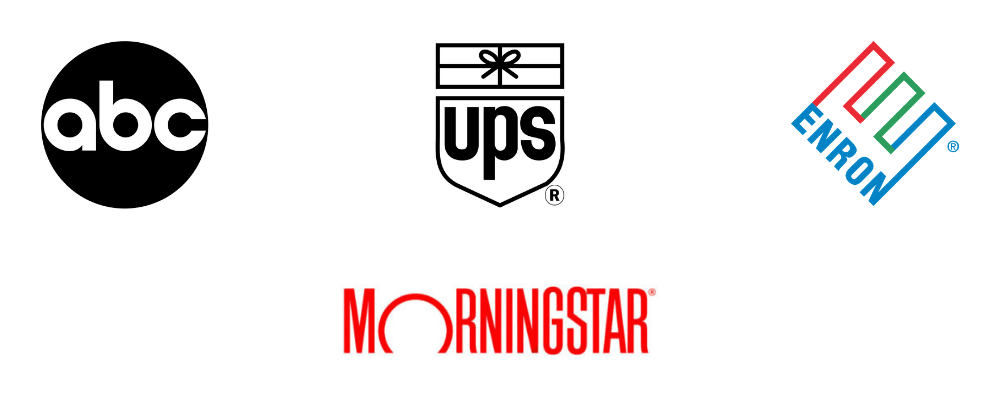
Peter Saville
From the Burberry logo to one of the most beautiful album cover designs—Joy Division’s “Unknown Pleasures”, Peter Saville is a faomus graphic designer known for his role in spreading graphic design across mediums and closer to pop culture.
He co-founded Factory Records in 1978 with Alan Erasmus and Tony Wilson, and they went on to create hundreds of album covers. Apart from designing for cult bands like Joy Division and New Order, he has created album covers for David Byrne, Pulp, Brian Eno, King Crimson, Peter Gabriel and many others.
He is also famous for re-contextualizing and adapting other visual arts examples into his works, like using “Roses”, a painting by Henri Fantin-Latour combined with a color-coded alphabet to create New Order’s “Power, Corruption and Lies” album cover.



Milton Glaser
Ever wondered what famous graphic designer created the I love NY logo?
We are all used to using the heart symbol instead of writing “love”, but before Milton Glaser’s “I Love New York” design, that was inconceivable. This famous graphic designer made his name designing popular logos, such as the DC Comics and Brooklyn Brewery, as well as creating eye-catching, psychedelic inspired poster designs like the famous ones with Bob Dylan and Aretha Franklin.
He co-founded and wrote for the New York magazine in 1968, which still exists and comes out biweekly to this day.
Glaser has made some of his typography elements available for free by publishing the Glaser Stencil typeface in 1970.



Like many others on this list, he was a member of the Art Directors Club. Founded in 1920, this organization has brought together art directors from New York, and highlighted their work through exhibitions and awards. Other notable members include Paul Rand, Saul Bass, Herb Lubalin, Ivan Chermayeff, Massimo Vignelli, Walt Disney, Andy Warholl, and many more.
Stefan Sagmeister
Many artists are known for being an odd egg, but Stefan Sagmeister takes peculiarity and experimentation to another level.
This Austrian graphic designer has designed many famous album covers for Lou Reed, The Rolling Stones, and Talking Heads’ “Once in a Lifetime” box set. But apart from commercially known designs of his, he has a knack for innovative media.
One such example is his Banana Wall, which was literally a wall of 10,000 bananas. Green bananas created a pattern against a background of yellow bananas spelling out ”Self-confidence produces fine results”. After a while, the green bananas turned yellow and the text disappeared, but then the yellow bananas turned brown it reappeared together with the artist's self-confidence, he often jokes.
He co-founded the Sagmeister & Walsh studio with Jessica Walsh (more about her later).




Massimo Vignelli
Massimo Vignelli was originally an architect who graduated from Politecnico Di Milano, one of Europe’s most respected engineering schools, who went on to become a famous designer of… well, all sorts of things. He was famously governed by the motto “If you can design one thing, you can design everything”. He was a follower of the Modernist school of design and used geometrical forms in all his creations.
From packaging to interior design, he has worked in many fields of graphic design, and with high-profile clients like IBM, American Airlines, Bloomingdale and the City of New York, for which he designed the New York City Subway Map. He considered this simplified visual for navigation to be one of his greatest creations. And he was right since this map is thought to be a landmark in the Modernist information design.
Vignelli also worked on several typefaces, improving and simplifying very notable fonts like Bodoni, Helvetica and others.



Aries Moross
Aries Moross is a designer mostly known for their typographic illustrations, blasts of color and taking inspiration from tribal art. From Cadbury’s milky logotype to the Spice Girls’ tour visuals, they have a huge presence in everyday things and pop culture. Working for their own Studio Moross, they’ve lent their colorful vision and artistry to the entertainment business, as designer and art director to various MTV and Nickelodeon projects, many music festivals and record artists’ album covers.
They’ve also written the book Make Your Own Luck: A DIY Attitude to Graphic Design & Illustration, as well as sailed the waters of vinyl publishing with Isomorph Records.




April Greiman
April Greiman was one of the handful of famous graphic artists to first embrace technology in their craft. Although at the beginning of her career she worked with traditional techniques, Greiman quickly adopted the new medium and started working exclusively digitally. The creativity of her designs helped others to see the potential in the novelty approach, which later paved the way for design becoming more accessible. This later opened up a range of approaches, skills and techniques modern designers use today.
Greiman was also head of the California Institute of Arts and created the poster for the 1984 Olympics in LA.



Chip Kidd
If you ever stared at a beautiful book cover for minutes and wondered how designers can be so ingenious, chances are it might have been either designed or influenced by Chip Kidd. This famous designer, who's currently working as an art director for Knopf, has worked or freelanced for all the major book publishers like Amazon, Penguin, Columbia University Press, HarperCollins, and many others.
He has designed for writers and artists like Haruki Murakami, Frank Miller, Charles Shultz, Cormac McCarthy and many others. Apart from illustrating and editing amazing book jackets and covers, Kidd has two of his own book series, some graphic novels and a history of drawing for the Batman comic series.
David Carson
David Carson is considered to be the rule-breaker of graphic design and the father of so-called “grunge typography”. Widely respected for his works in magazine cover and typography poster design. He could be described as an anarchist in his style since he’s trying to break and re-establish the rules of design.
He is also famous for his work ethos: he doesn’t start working on a project until he has experienced the art, product, or service it represents first.

Alan Fletcher
Deemed “the godfather of British modern design”, Alan Fletcher had a stellar career and ground-breaking typography and poster designs. Throughout his career, he worked for high-esteemed design studios like Pentagram, as well as his co-owned graphic design agency Fletcher/Forbes/Gill. He worked on his book on graphic design, “The Art of Looking Sideways”, for 18 years. He has also published a book of his designs called “Beware of Wet Paint”.
Some of his most famous works include the Victoria & Albert museum logo, a now-retired logo for Reuters, as well as the logo for the Institute of Directors.



Paula Scher
From designing children's book covers in Random House to being the art director of Atlantic Records in charge of album covers, Paula Scher has had a respectable career. She is also known as the first woman who became the principal of the iconic design studio Pentagram.
While working there, Scher has created notable brand identities, such as the Museum of Modern Arts, The Public Theater, The Metropolitan Opera, NYC Ballet, and others. One of her most famous logos is the Windows 8 logo. Up until that point, Microsoft used the 4-color flag as a logo, but Scher redesigned it to a more obvious object: a window.
She has also worked in environmental graphic design, bettering the designs of buildings to the best conditions set by the environment.
In her typography works, she relies heavily on Art Deco and Russian Constructivism.


Herb Lubalin
If there is a designer who toyed with censorship and pushed forward the boundaries of what is accepted in the design industry, it’s Herb Lubalin. Working for three infamous magazines that were blamed for obscenity in the 60s and 70s, to publicly criticizing bad leadership, discrimination and the state of politics in a time where it wasn’t generally accepted to do that, Lubalin infused his designs with ingenuity, sarcasm and intelligent humor.
He is most famous for inventive typography he himself called “word pictures”: creating shapes with lettering. He rejected the Swiss style of design to adopt a more humanistic approach and used avant-garde typography and minimalist color palettes. He was colorblind, which would be considered a great obstacle for a graphic designer, but his use of white, black and grey defined his work.
Lubalin is one of the most inventive designers in the mid-20th-century American advertising revolution and has worked for many big-time clients, from pharmaceutical companies to Cadillac.



Otl Aicher
It’s hard to imagine the world without stick figure signage in public spaces and traffic, and the heavy use of pictograms that explain everything better. But, before Otl Aicher, stick figure signs were nowhere to be found. This German designer created the first stick figure pictograms for the 1972 Munich Olympics. Since then, they were adopted everywhere: from traffic signs to airport signage.
He is also considered to be one of the forefathers of corporate design, having worked for Lufthansa and Braun, among others.
He has also created book cover designs, typography, and even furniture.
Apart from his design work, Aicher is known for strongly opposing the Nazi regime in Germany.



Ivan Chermayeff
Ivan Chermayeff’ may as well be one of the best graphic designers of all time, if you consider the amount of iconic work he’s created. Some of his most famous logos, including National Geographic, Pan Am, and NBC, many of which are still used today.
Chermayeff is one of the pioneers of abstract logos, as opposed to wordmarks which had been the norm previously. This is now a pretty common practice with corporate logos, but few designers are as successful at creating something quite as unique and memorable.
Saul Bass
Saul Bass is a prominent graphic designer who created some of the most iconic movie posters and went on to become an Academy Award winner for his directorial work as well.
He has created posters for Hollywood legends of the likes of Alfred Hitchcock, Martin Scorcese, Billy Wilder, Otto Preminger and Stanley Kubrick, most notably the “Vertigo”, “North by Northwest” and “Anatomy of a Murder”.
He was also a visual consultant to Hitchcock, producing title sequences and graphic transitions for “Psycho”.
However, famous graphic designers and their work usually get most recognition for logos and branding. Along with incredibly creative movie posters, Bass also designed one of the most recognizable logos today - the Kleenex logo.

Michael Bierut
Michael Bierut is a graphic design contemporary, who worked for Vignelli Associates, learning directly from Massimo Vignelli, as well as for Pentagram. He is a professor at Yale and worked on the syllabus for the design thinking program. Beirut is also a well-known design critic.
Some of his notable designs and clients include Hillary Clinton’s 2016 campaign logo, the redesign of The Atlantic, Mastercard, Beneton, The Museum of Sex, Motorola, The Walt Disney Company, United Airlines, and many others. He has also developed environmental signs for The New York Times building.
He regularly writes for the Fast Company and The New York Times about corporate branding and design and has written four books on design.



Rob Janoff
Many famous graphic designers became well-known thanks to a single project. That’s certainly the case with Rob Janoff who designed one of the most famous, and long-lasting logos in history: the Apple logo.
What is it about this logo that much more intricate design can never compete with? Its simplicity. When a company is called “Apple” it only makes sense the logo should be this symbol.
Janoff explained that the famous bite was added to ensure the simple design was still recognizable as an apple, rather than similar round fruit with stems. On a deeper level, this imagery is connected to man’s biblical desire for knowledge, and the way Apple computers can fulfill that desire. Finally, this small, yet powerful detail has another dimension, since “byte” is a computer term.
The initial choice of colors was also intention, as Apple were the first computers that could show images in color. As this ceased to be a distinguishing factor, the brand switched to a more timeless, minimalist look that is sure to stay relevant for decades to come.

Lindon Leader
Speaking of famous graphic designers and their work in creating the most memorable logos of our time, we may as well mention Lindon Leader, the man behind the iconic FedEx logo.
It’s one of the most iconic and creative brand logos, that still has that universal, corporate look the company was after. The designer started by combining two fonts to ensure the arrow “hidden” in the whitespace would fit seamlessly into the design. Almost 30 years later, this logo still feels as fresh and relevant as ever.

Jessica Walsh
The youngest person on this list who defines graphic design styles and trends today is Jessica Walsh, who became a partner at Sagmeister & Walsh at only 25 years old. Prior to that, she has already done magazine covers for the New York Times, books and magazines, and was interning for Paula Scher and Pentagram.
Walsh is thought to have a bold, colorful and often surrealist style, that she infuses in all her products, from magazine covers to branding projects.
Some of her most notable projects include the Adobe logo “remix competition” with business partner Stefan Sagmeister, branding efforts for the Jewish Museum of New York, as well as creating ads and editorials for Aizone and Levi’s.
She has also written a blog and book about her experiment with fellow designer Tim Goodman, called “40 Days of Dating”, which is about to become a feature film.




Helmut Krone
As you can see these celebrated designers created some of the most famous logos and ads in history. One name to add to that list is Helmut Krone, a famous designer and art director.
Although he’s worked on many ad campaigns, the most famous are his iconic Volkswagen ads. To this day, these ads are considered the perfect marriage of design and copy, which many modern marketers struggle to achieve.

He spent almost his entire professional career at the celebrated amrkreting and design firm Doyle Dane and Bernbach.
Adrian Frutiger
Let’s finish off this list of famous graphic artists with a designer whose not-so-humble contribution became a staple in everyday graphic design.
Swiss designer Adrian Frutiger created some of the most popular fonts, including Avenir, Didot, Univers, and (you guessed it) Frutiger.

Now you know what famous graphic designer created the I love NY logo, and who are some famous graphic designers behind iconic pieces of design.
To continue your design education, check out this list of essential resources for every designer. Or get inspired with these iconic graphic design quotes - expect to see some familiar names there!
Journalist turned content writer. Based in North Macedonia, aiming to be a digital nomad. Always loved to write, and found my perfect job writing about graphic design, art and creativity. A self-proclaimed film connoisseur, cook and nerd in disguise.
A design solution you will love
Fast & Reliable
Fixed Monthly Rate
Flexible & Scalable
Pro Designers





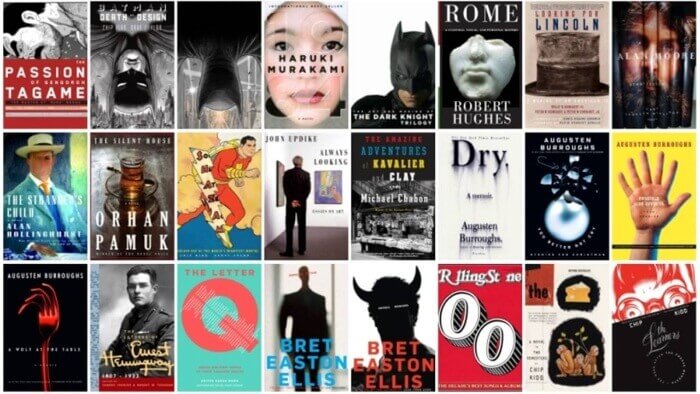


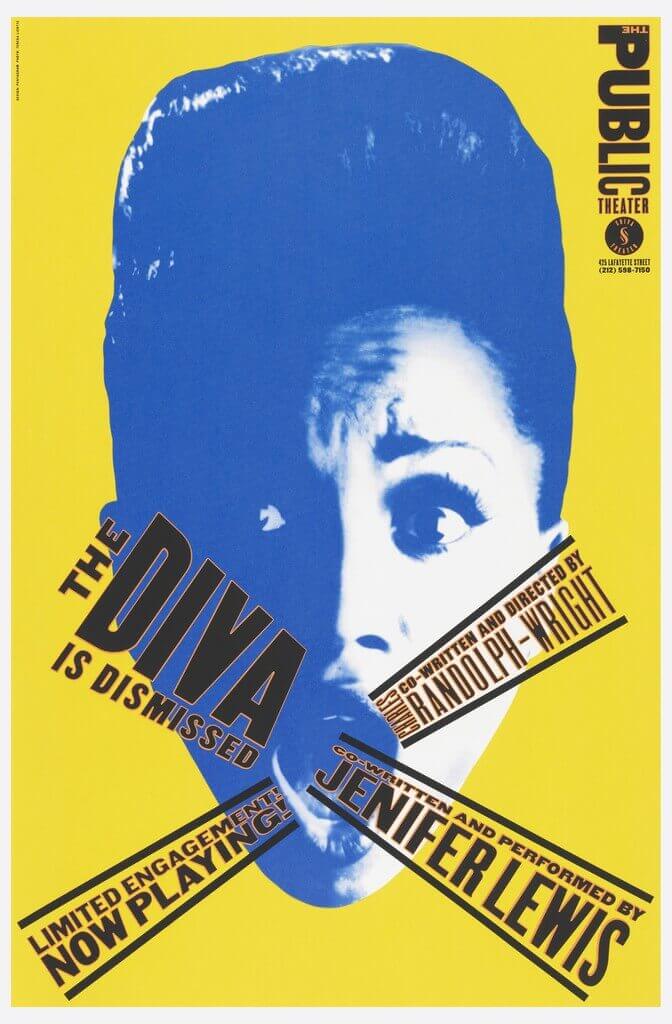
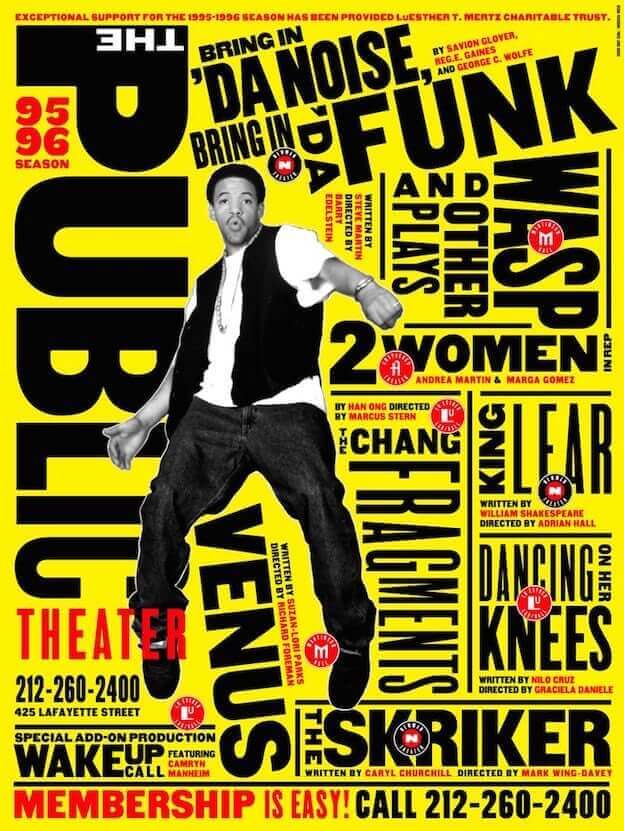
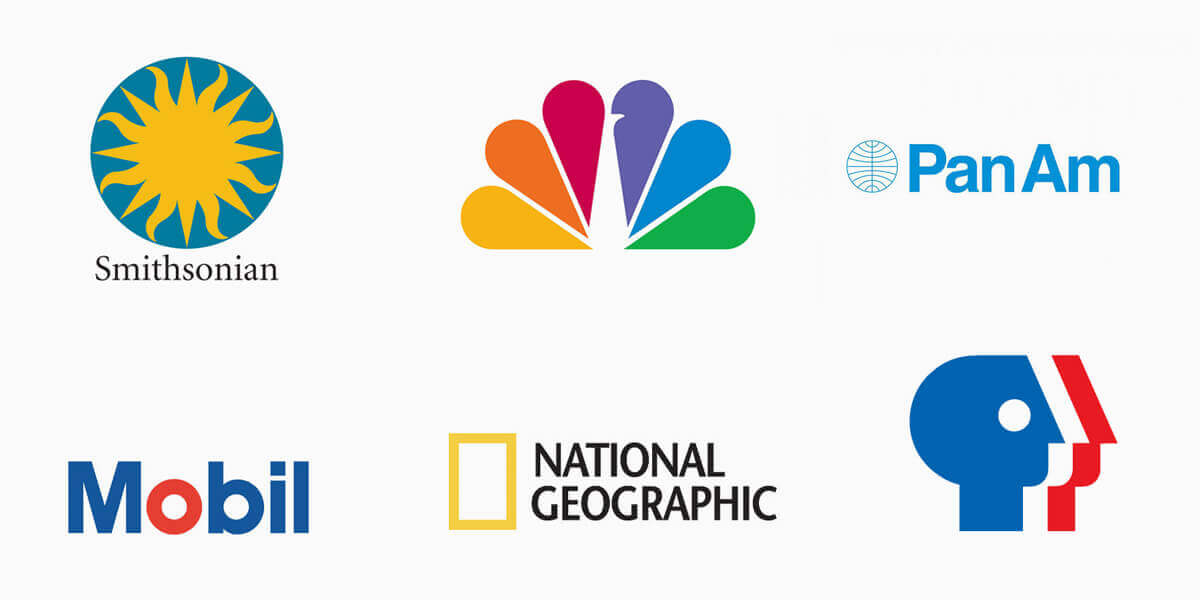

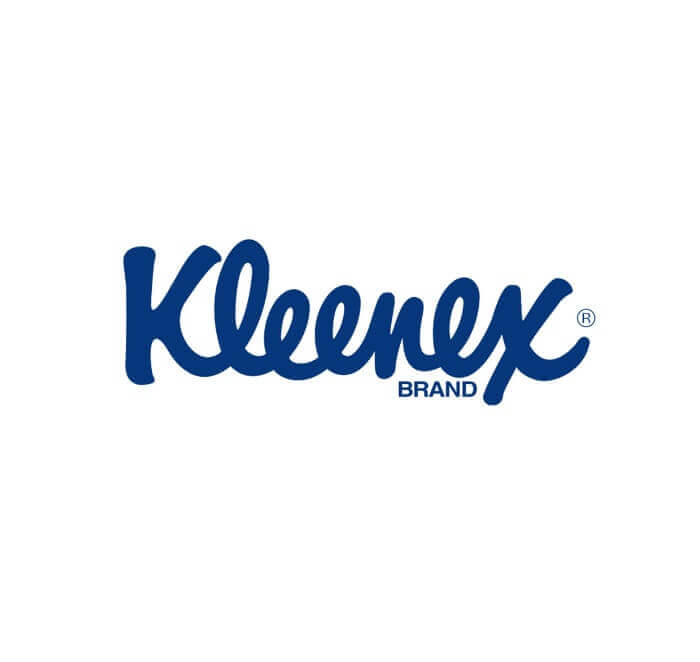

.jpg)

